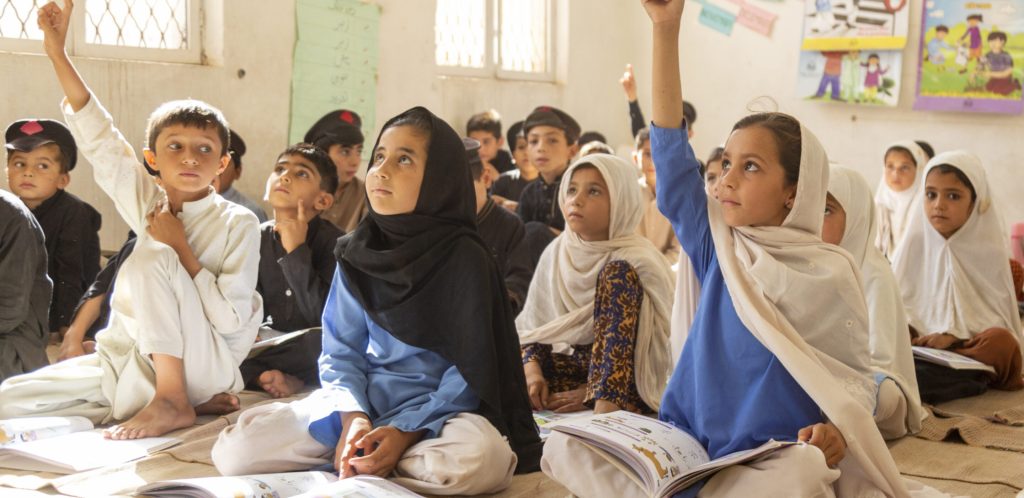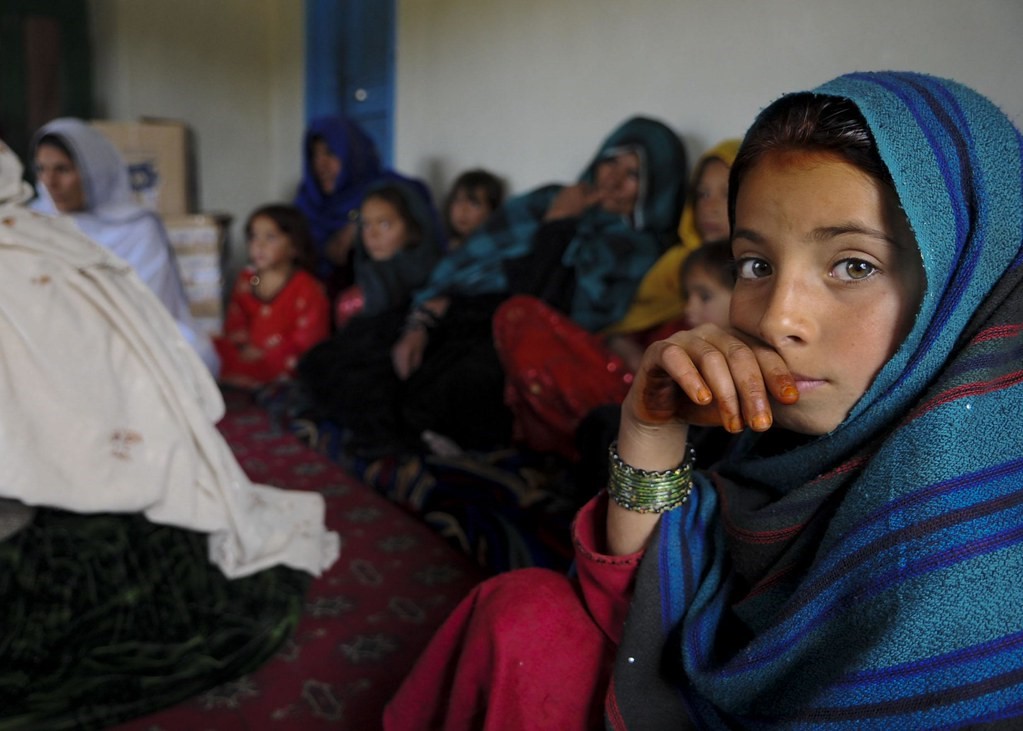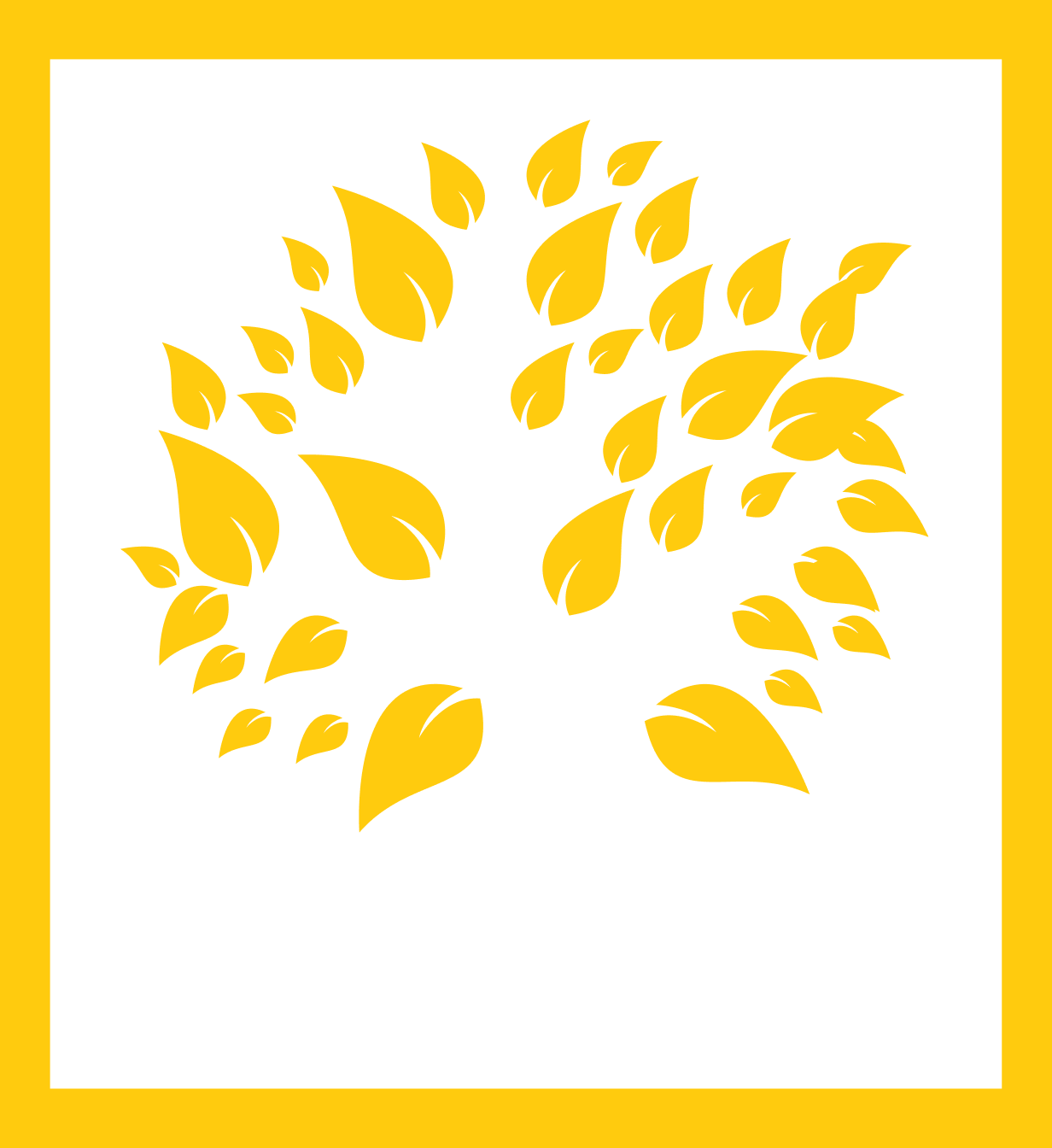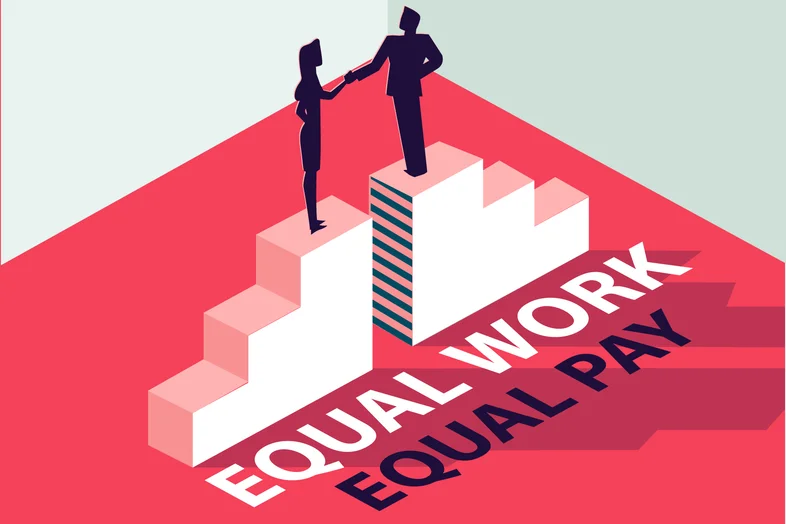Gender equality is an essential pillar for the prosperity of any society, contributing to sustainable development and unlocking the full potential of human resources. Despite being half of the world’s population, women face numerous challenges in the workplace, hindering their participation and advancement. This holds particularly true for Pakistan, where entrenched cultural and social norms, low literacy rates, safety concerns, and household constraints act as formidable barriers to women’s employment and equal pay. Let’s delve into the significance of equal pay for equal work in Pakistan, recognizing it as a vital step toward unleashing the untapped potential of women and fostering a more inclusive and prosperous nation.

The Current Landscape
Pakistan ranks among the lowest in Asia for female labor force participation, with cultural and social norms serving as major obstacles. The Global Gender Gap Report 2022 ranks Pakistan 145th out of 146 nations in terms of gender parity, reflecting the severity of the issue. Approximately 90% of the bottom labor force are women, largely engaged in agriculture, which contributes to their lower wages. In the formal private sector, women make up just 10% of non–agricultural workers. The gender wage gap in Pakistan is notably high at 34%, surpassing the global average of 23%. Moreover, women hold only 4.5% of senior, managerial, and legislative positions in the country.

Barriers to Women's Employment
In Pakistan, despite the immense potential that women hold to contribute to the workforce, numerous barriers impede their active participation in employment. Understanding these barriers is essential for crafting effective strategies to dismantle them and pave the way for a more inclusive and equitable workforce.
Educational Barriers:
Education, a fundamental right, remains a significant barrier for women in Pakistan. With only 49% of women being literate compared to 71% of men, limited access to quality education restricts women’s entry into the formal workforce. The education system itself exhibits a 13% enrollment gender gap, contributing to a majority of women working in unskilled roles.

Safety Concerns:
The threat of sexual harassment, compounded by safety concerns in transit, further limits women’s mobility. Fear of harassment prevents them from pursuing education or seeking employment outside their homes. The statistics are alarming, with a substantial percentage of women reporting incidents of harassment, underscoring the urgency for safe transportation options.
Household Constraints and Attitudes:
Traditional gender roles persist, with women disproportionately burdened by household responsibilities. At the same time, the minimal involvement of men in household activities further hinders women’s ability to engage in formal employment. The societal stigma attached to working women exacerbates the problem, reinforcing the need for support networks and mentorship opportunities.
The Path Forward
Achieving equal pay and empowering women in Pakistan requires concerted efforts such as safe transportation initiatives, gender-sensitive policies, vocational training expansion, and regularizing the informal economy. Media-driven empowerment, education, and gender-sensitive business practices are crucial components. As Pakistan seeks equality, it unleashes the full potential of its female workforce and propels the nation towards sustained economic growth and social progress. The path forward involves dismantling barriers and fostering inclusivity, ensuring everyone has equal opportunities to contribute to and benefit from the nation’s development.
Disclaimer: Any opinions expressed in this blog do not necessarily reflect the opinions of CREDP. This content is meant for informational purposes only.





